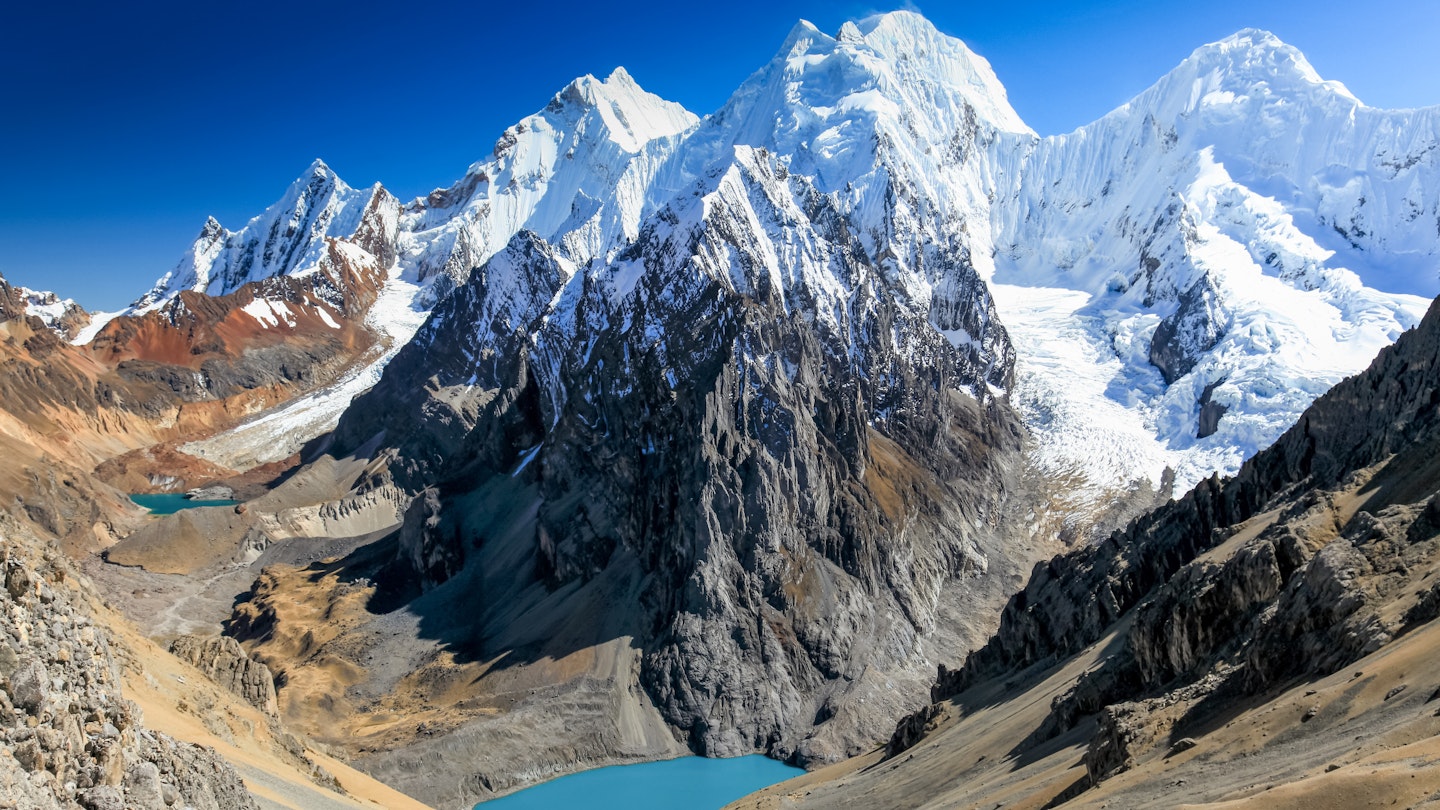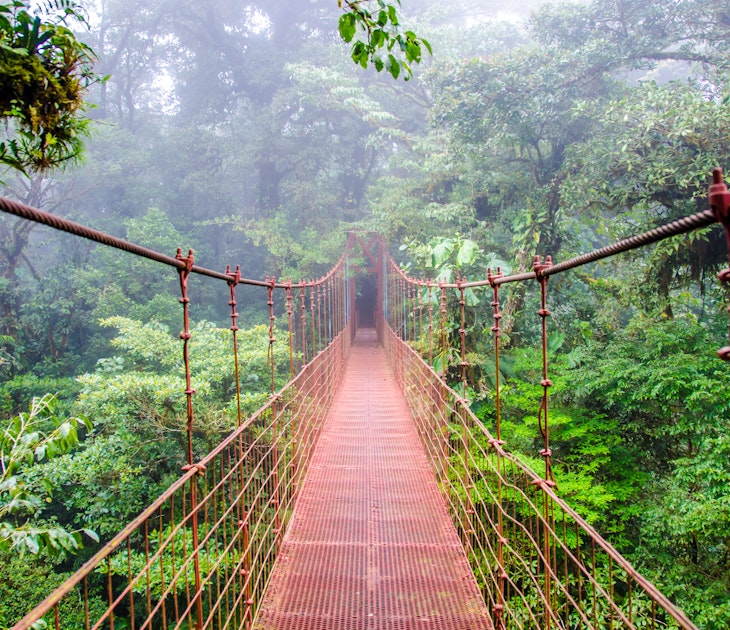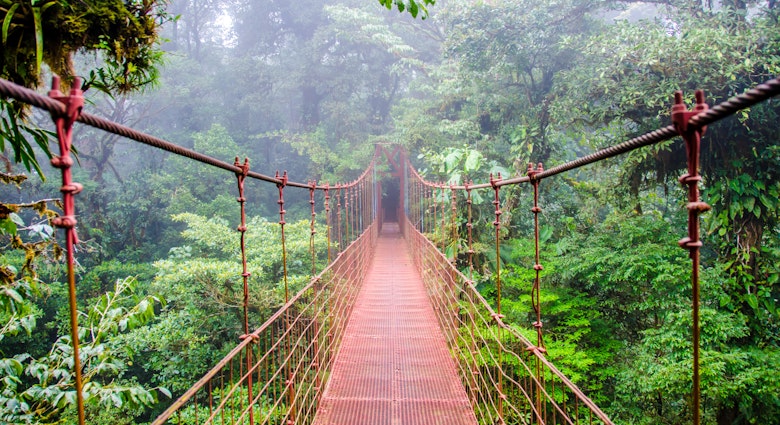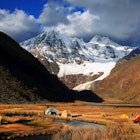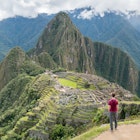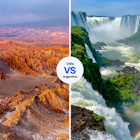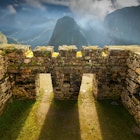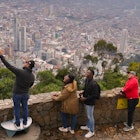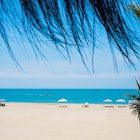Peru's national parks and preserves encompass a mind-boggling array of landscapes that will leave you questioning if your eyes are truly telling you the truth – cloud-scraping peaks, lush rainforests, and rivers teeming with life all intertwine in this kaleidoscope of natural wonders. Here are our top picks for national parks and reserves in Peru.
Editor's note: during COVID-19 there may be additional travel restrictions. Check the latest guidance in Peru before planning a trip, and always follow local government health advice.

Huascarán National Park
This park encompasses practically the entire area of the Cordillera Blanca above 13,000ft (4000m), including more than 600 glaciers and nearly 300 lakes, and protects such extraordinary and endangered species as the giant Puya raimondii plant, the spectacled bear and the Andean condor.
There’s something here for scramblers of all skills and fitness levels: from short, easy hikes of a day or two, to multi-week adventures requiring technical mountain-climbing skills. Foreigners flock here yearly and favorite hikes such as the Santa Cruz Trek can see a lot of hiking-boot traffic in the high season.
Visitors to the park can register (bring your passport) and pay the park fee at the park office in Huaraz, although most of the main entrances to the park also sell tickets. The management body for Parque Nacional Huascarán, SERNANP (Servicio Nacional de Áreas Naturales Protegidas por el Estado), technically requires the use of local licensed guides for all activity in the park, including day hikes, trekking and climbing.
Chemillén National Park
North of Oxapampa rear the cloud-capped hills of this little-visited park, home to spectacular cloud forest and diverse flora and fauna, including the rare spectacled bear. The most accessible entrance is from a turning near Carolina Egg Guesthaus on the eastern edge of town. A glorious two-hour hike then leads to the top of the forest at Abra Esperanza (almost 8000 ft of elevation and chilly). A second park entrance lies at Yuritunqui. Basic refugios (refuges) can be found at each entrance, and just below Abra Esperanza.

Manu National Park
This vast national park in the Amazon Basin covers almost 8,000 sq miles and is one of the best places in South America to see a stunning variety of tropical wildlife. Progressive in its emphasis on preservation, Unesco declared Manu a Biosphere Reserve in 1977 and a World Natural Heritage Site in 1987. Entry is only with guide and permit.
At Cocha Salvador, one of the park's largest and most beautiful lakes, you'll find camping and guided hiking possibilities, as well as wonderful wildlife viewing. During a one-week trip, you can reasonably expect to see scores of different bird species, several kinds of monkey and a few other mammals.
Cerros de Amotape National Park
The tropical dry forest ecosystem of Cerros de Amotape is protected by this national park, which makes up the lion’s share of the Reserva de Biosfera de Noroeste. It's home to flora and fauna that includes jaguars, condors and anteaters, though parrots, deer and peccaries are more commonly sighted.
Independent visitors must get advance permission from the SERNANP office in Tumbes and contract a guide. Local guides skilled in spotting wildlife can be arranged in the town of Rica Playa, a small, friendly village located just within the park where you can also camp.
The best place to spot a wide range of wild animals is the Zona Reservada de Tumbes, now encompassed within Amotape itself. The forest is similar to the tropical dry forest of other parts of Amotape, but because it lies more on the easterly side of the hills, it is wetter and has slightly different flora and fauna, including crocodiles, howler monkeys and nutria. You can also see various orchids and a wide variety of birds.
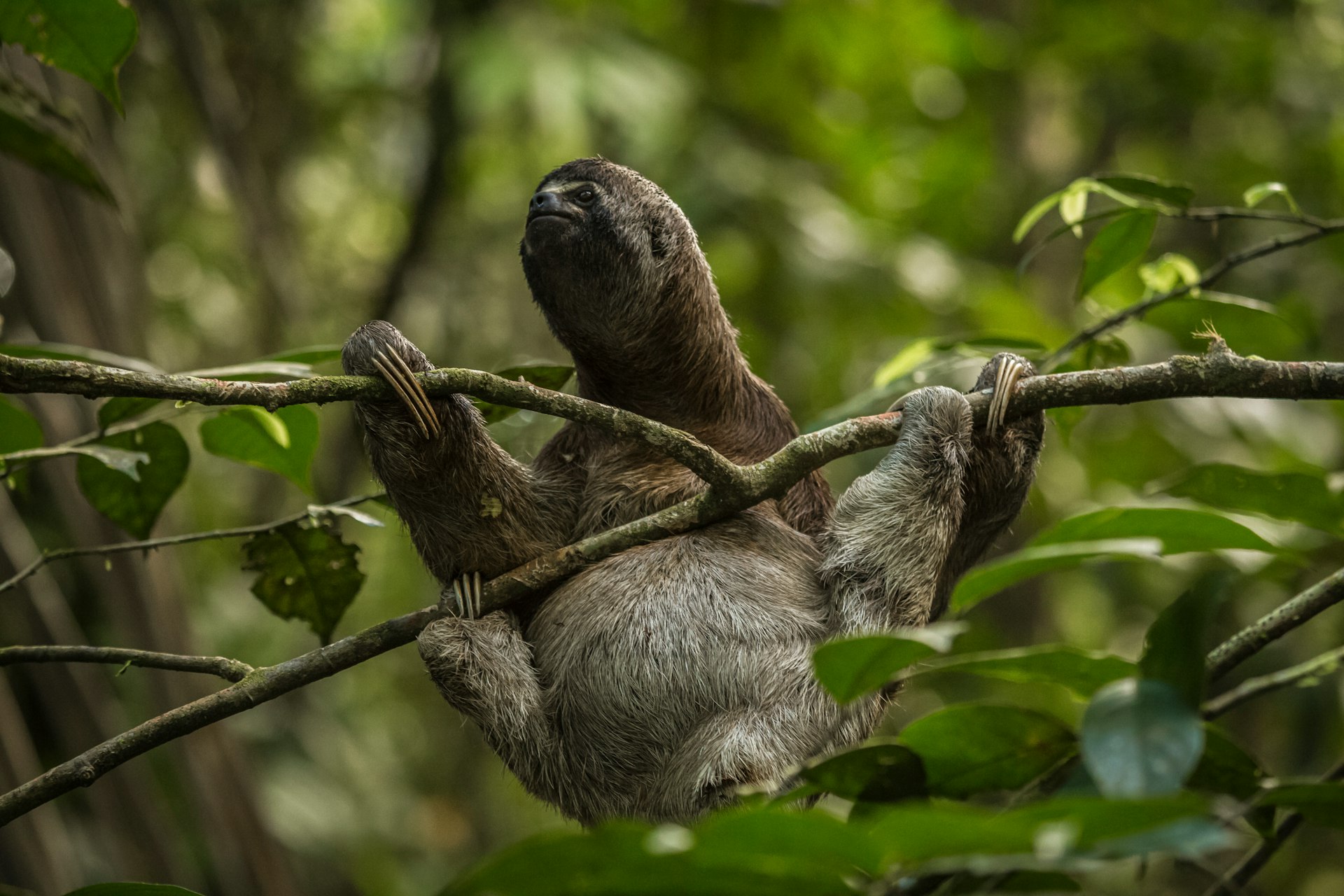
Pacaya-Samiria National Reserve
Pacaya-Samiria, the most immense of Peru’s parks and reserves, is the home of aquatic animals such as Amazon manatees, pink and grey river dolphins, two species of caiman, giant South American river turtles and many other bird and animal species. At Lago Cocha Pasto, you'll have a better chance of seeing jaguars and larger mammals.
Other noteworthy points in the reserve include Quebrada Yanayacu, where the river water is black from dissolved plants; Lago Pantean, where you can check out caimans and go medicinal-plant collecting; and Tipischa de Huana, where you can see the giant Victoria amazonica waterlilies, big enough for a small child to sleep upon without sinking.
The best way to visit the reserve is to go by dugout canoe with a guide from Lagunas and spend several days camping and exploring. Alternatively, comfortable ships visit from Iquitos.
Parque Nacional Bahuaja-Sonene
About two hours south of the Río Madre de Dios and along the Río Heath (the latter forming the Peru–Bolivia border), Parque Nacional Bahuaja-Sonene has some of the best wildlife in Peru’s Amazon region, including such rarities as the maned wolf and the spider monkey.
Infrastructure in the park, one of the nation’s largest, is limited, and wildlife-watching trips are in their infancy here, rendering the experience all the more genuine. Pay the park entrance fee at SERNANP in Puerto Maldonado, because checkpoints along the way don’t sell tickets.
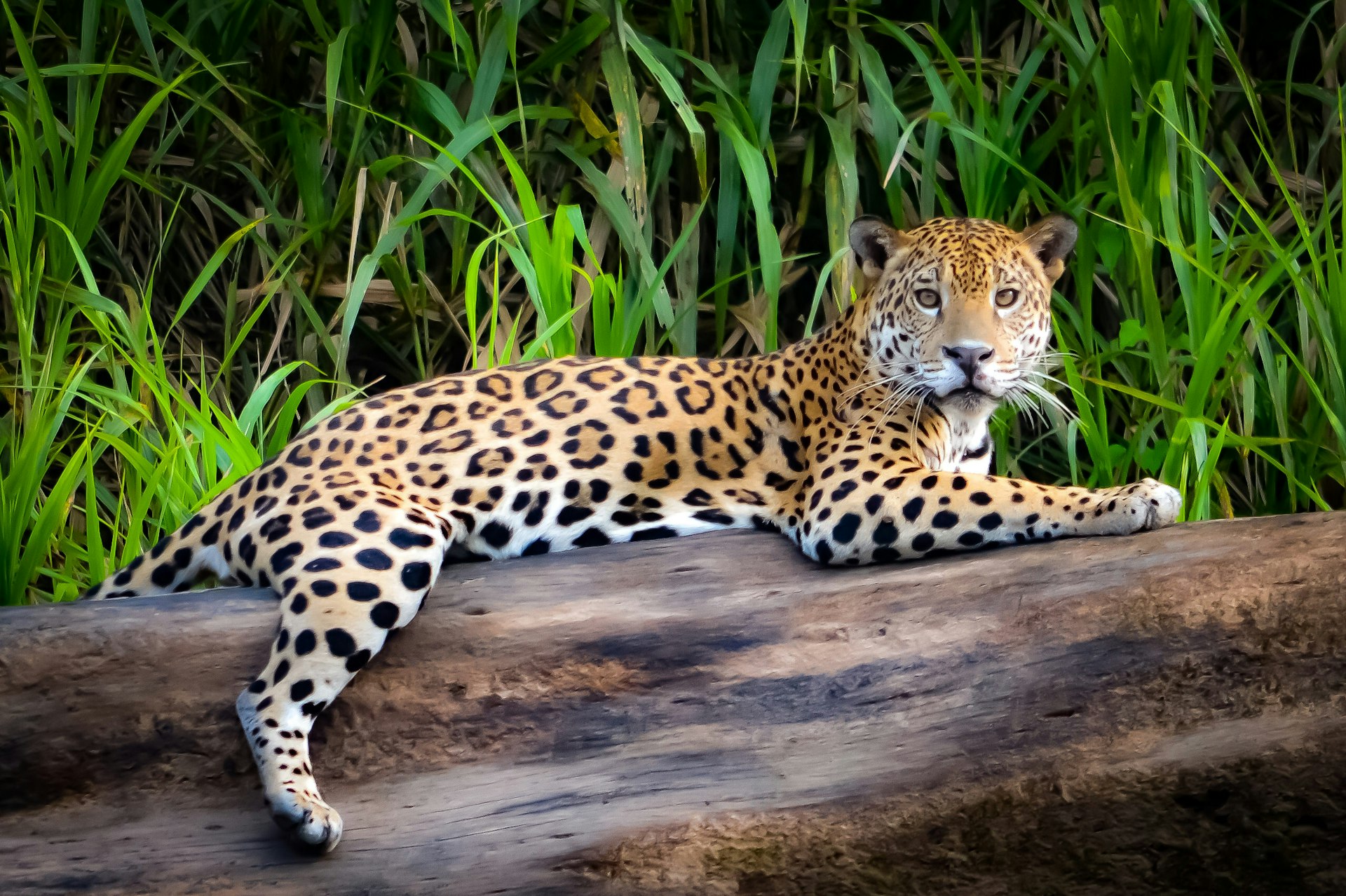
Tambopata National Reserve
The wildlife-rich Río Tambopata is a major tributary of the Río Madre de Dios, joining it at Puerto Maldonado. Boats go up the river, past several good lodges, and into Reserva Nacional Tambopata, an important protected area divided into the reserve itself and the zona de amortiguamiento (buffer zone).
The big draw is the birdlife: chattering groups of macaws and parrots gather to feed at clay licks here. Sightings of jaguars on the riverbanks are not unusual, either. Park entrance fees must be paid at Puerto Maldonado's SERNANP office if you are not on a guided tour, in which case you'll pay at the relevant lodge office.
Reserva Nacional Salinas Y Aguada Blanca
The paved road from Arequipa climbs northeast past volcanoes El Misti and Chachani to this national reserve, which covers over 1,400 square miles at an average elevation of 4300m (14108 ft). As most travelers speed through on the way to the canyons, this is where their heads may tingle at high altitude as they note the rocky and extraterrestrial landscape turn sparse of vegetation, and criss-crossed with darting vicuñas (threatened, wild relatives of alpacas).
Only a handful of llama herders roam the national reserve, giving a chance for high-altitude loving tarucas envinados (Andean deer), guanacos and flamingos to thrive without human interference. Get out here to trek on old Inca trails.

Paracas National Reserve
This vast desert reserve occupies most of the Península de Paracas and houses remote beaches backed by dramatic arid landscapes and plenty of wonderful wildlife. In front of the Centro de Interpretación near the park entrance there is a lookout from which it's possible to spot Chilean flamingos in the bay below.
Further south, La Mina is the best beach in the reserve with gentle waters perfect for swimming. To the west of La Mina, Punta Arquillo hosts a significant sea-lion colony. Wildlife aficionados will want to check out Playa Yumaque which has excellent birdwatching and often attracts dolphins.
You might also like:
The best time to visit Peru
Peru's top 10 adventures
Inca trail essentials

